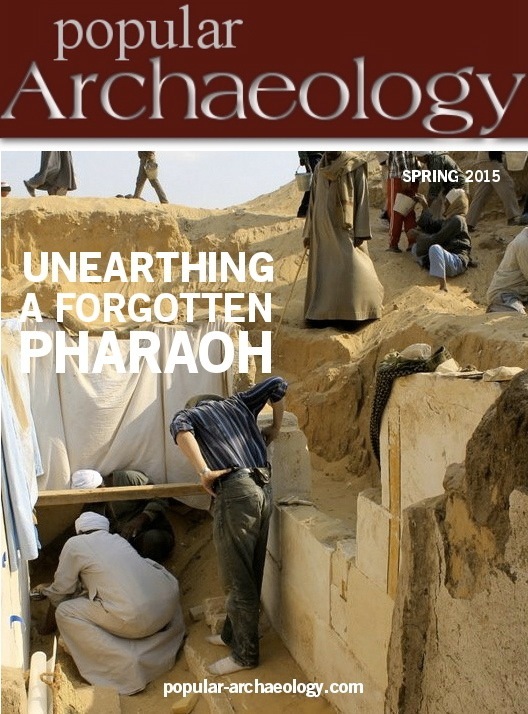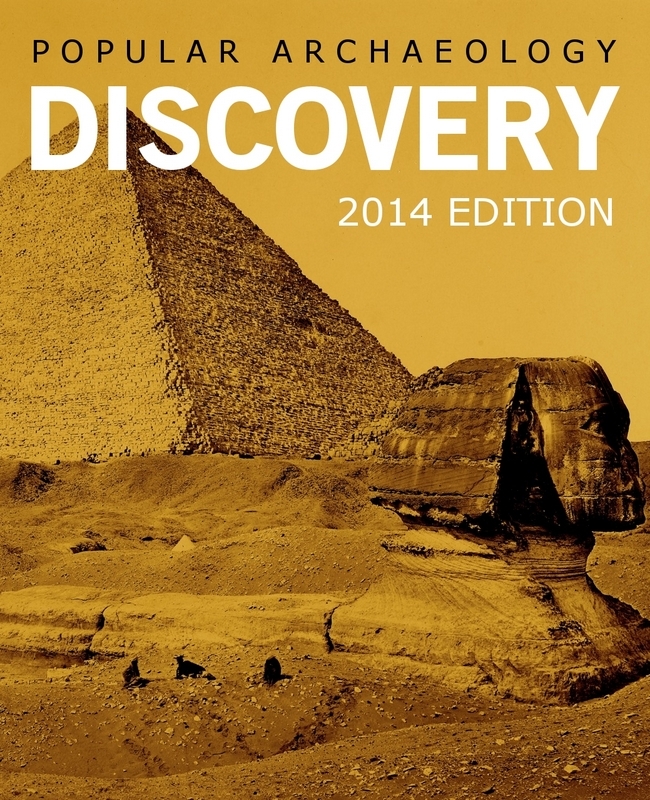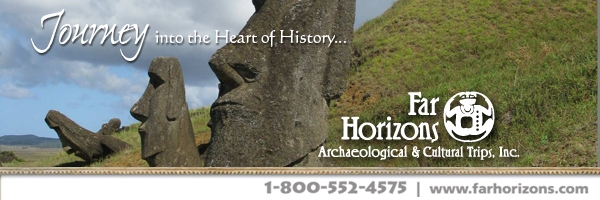
Johns Hopkins Medicine—Modern lifestyles have made humans heavier, but, in one particular way, noticeably lighter weight than our hunter-gatherer ancestors: in the bones. Now a new study of the bones of hundreds of humans who lived during the past 33,000 years in Europe finds the rise of agriculture and a corresponding fall in mobility drove this change, rather than urbanization, nutrition or other factors.
The discovery is reported in the early edition of Proceedings of the National Academy of Sciences the week of May 18. It sheds light, researchers say, on a monumental change that has left modern humans susceptible to osteoporosis, a condition marked by brittle and thinning bones.
At the root of the finding, the researchers say, is the knowledge that putting bones under the “stress” of walking, lifting and running leads them to pack on more calcium and grow stronger.
“There was a lot of evidence that earlier humans had stronger bones and that weight-bearing exercise in modern humans prevents bone loss, but we didn’t know whether the shift to weaker bones over the past 30,000 years or so was driven by the rise in agriculture, diet, urbanization, domestication of the horse or other lifestyle changes,” says Christopher Ruff, Ph.D. , a professor of functional anatomy and evolution at the Johns Hopkins University School of Medicine.
“By analyzing many arm and leg bone samples from throughout that time span, we found that European humans’ bones grew weaker gradually as they developed and adopted agriculture and settled down to a more sedentary lifestyle, and that moving into cities and other factors had little impact.”
________________________________________
Above: Cross-section drawings of an Upper Paleolithic, left, and Early Medieval, right, thigh bone, showing the change in bone shape and reduction in strength in the later individual. Credit: Study authors
_________________________________________
The study was a collaborative effort of researchers from across Europe and the United States that began in 2008. The group focused on Europe because it has many well-studied archeological sites, Ruff says, and because the population has relatively little genetic variation, despite some population movements. That meant that any changes observed could be attributed more to lifestyle than to genetics.
The researchers took molds of bones from museums’ collections and used a portable X-ray machine to scan them, focusing on the tibia, femur, and humerus from 1,842 people from sites throughout Europe as old as 33,000 years and as recent as the 20th century. “By comparing the lower limbs with the upper limbs, which are little affected by how much walking or running a person does, we could determine whether the changes we saw were due to mobility or to something else, like nutrition,” Ruff says.
When they analyzed the geometry of bones over time, the researchers found a decline in leg bone strength between the Mesolithic era, which began about 10,000 years ago, and the age of the Roman Empire, which began about 2,500 years ago. Arm bone strength, however, remained fairly steady. “The decline continued for thousands of years, suggesting that people had a very long transition from the start of agriculture to a completely settled lifestyle,” Ruff says. “But by the medieval period, bones were about the same strength as they are today.”
Ruff notes that Paleolithic-style bones are still likely achievable, at least for younger humans, if they recreate to some extent the lifestyle of their ancestors, notably doing a lot more walking than their peers. He cites studies of professional athletes that have demonstrated how lifestyle is written in our bones. “The difference in bone strength between a professional tennis player’s arms is about the same as that between us and Paleolithic humans,” he says.
_________________________________________________
Adapted and edited from the subject Johns Hopkins University press release.
Other authors on the paper are Brigitte M. Holt and Erin Whittey of the University of Massachusetts, Amherst; Markku Niskanen, Juho-Antti Junno and Rosa Vilkama of the University of Oulu in Finland; Vladimir Sladek, Martin Hora and Eliska Schuplerova of Charles University in Prague; Margit Berner of Vienna’s Natural History Museum; Evan Garofalo of the University of Maryland, Baltimore; and Heather M. Garvin of Mercyhurst University.
_________________________________________________
 Did you like this? Read more articles like this with a premium subscription to Popular Archaeology Magazine.
Did you like this? Read more articles like this with a premium subscription to Popular Archaeology Magazine.
In addition, the latest Popular Archaeology ebook is now available.
______________________________________________
Travel and learn with Far Horizons.
____________________________________________
 Popular Archaeology’s annual Discovery Edition eBook is a selection of the best stories published in Popular Archaeology Magazine in past issues, with an emphasis on some of the most significant, groundbreaking, or fascinating discoveries in the fields of archaeology and paleoanthropology and related fields. At least some of the articles have been updated or revised specifically for the Discovery edition. We can confidently say that there is no other single issue of an archaeology-related magazine, paper print or online, that contains as much major feature article content as this one. The latest issue, volume 2, has just been released. Go to the Discovery edition page for more information.
Popular Archaeology’s annual Discovery Edition eBook is a selection of the best stories published in Popular Archaeology Magazine in past issues, with an emphasis on some of the most significant, groundbreaking, or fascinating discoveries in the fields of archaeology and paleoanthropology and related fields. At least some of the articles have been updated or revised specifically for the Discovery edition. We can confidently say that there is no other single issue of an archaeology-related magazine, paper print or online, that contains as much major feature article content as this one. The latest issue, volume 2, has just been released. Go to the Discovery edition page for more information.
____________________________________________





